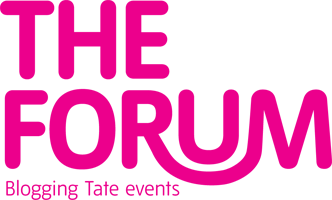
Languages are our most common, yet our most complex and coded
mode of communication. Some, such as English, are used by many people the world over and others are secret or extinct, decimated with the people who had knowledge of them. Susan Hiller's work tends to explore the latter, often via various forms of recording technologies. In the past, she has taken interest in all manners of strangeness, including horror films, UFO sightings and near death experiences. Yet, in conversation with fellow artist and curator Richard Grayson at Tate Modern for the last of this season's Talking Arts series, she explains that her interest in the otherworldly occurrences is not scientific or ironic, rather it stems from a curiosity for what can be experienced, felt, believed in and yet evades explanation.
Although The Last Silent Movie, her current exhibition at Matt's Gallery
might appear to be somewhat different, it is still very much focused on documenting and allowing the audience to witness what has disappeared. Indeed, it focuses on a series of recordings of 25 languages that endangered or have disappeared altogether. Ranging from crackling songs to rhythmic incantations and whistles, the sounds are accompanied by their translation, when available, as subtitles on an otherwise black screen. Comanche, Welsh Romany, Cajun all sound wildly different but speak of a same underwritten history, that of the people who are not alive anymore to tell their story. Indeed, there is something otherworldly and touching about the fact that the voices we hear belong to the dead and that Hiller found the recordings, meant to preserve the dialects in the silence and isolation of anthropological archives.
There is an uncanny synchronicity between the effect of these disembodied voices and some of the documentary photographic images that can be seen at Tate Modern this Summer as part of the Street & Studio: an Urban History of Photography exhibition. Both photography and sound recordings are traces of what once was. The light refracting off a particular scene that might have taken place more than a century ago made it possible for us to see particular representation of it now. The sound waves emitted by a man singing about a cricket in a language that nobody speaks anymore allows us to hear him today, long after his death. There is something particular about the possibility to access the past in the present time that is unique to recording technologies whether they are ancient or the latest development. Just like language, it is a highly coded experience: we know that the person we hear or see is not there, we realise how the technology works. Although it might not be seen as a full fledged language, it is a form of communication, a way for the dead and the forgotten to reassert their existence in the present.




No comments:
Post a Comment